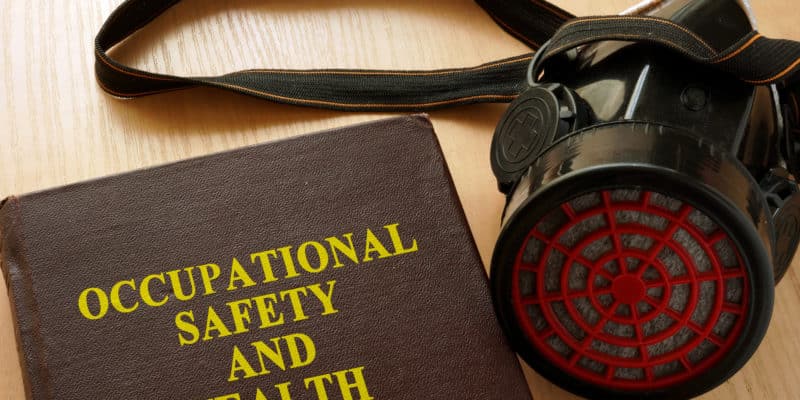Safety & Health Magazine
May 29, 2019
Knoxville, TN – Nearly half of the construction workers in Tennessee who were injured over a recent two-year period had been on the job less than a year, according to a recent case study report from the Center for Construction Research and Training – as known as CPWR.
Analyzing more than 9,000 statewide workers’ compensation claims for injuries that occurred in 2014 and 2015, researchers at the Construction Industry Research and Policy Center at the University of Tennessee found that 44.5% of the claims were from workers who had less than a year of experience in construction, while 30.1% were from workers who had less than six months of experience.
The biggest takeaway is “the persistence of this injury-tenure relationship across time,” Edward Taylor, study author and CIRPC executive director, told Safety & Health. “We saw in the literature that 100 years ago, a steel company reported that their employees with less than 30 days tenure had an injury rate of 12 times the rest of their employees. Here we are in 2019 and the results of our study show, in construction, 44.5% of injuries occur to employees in their first year.”
According to 2016 national data from the Bureau of Labor Statistics, 24% of construction workers are injured during their first year on the job. Likewise, the report notes that the findings are comparable to data in states with similar populations. In Washington, over the same two years, 47.5% of injuries occurred among construction workers who had less than a year on the job, while 37.1% of the injured had been on a job six months or less. In Ohio, those percentages were 45.6 and 33.6, respectively.
Injuries to the lower back, finger, shoulder and hand were most common – accounting for 55.8% of the top 10 body parts injured.
Taylor and his colleagues recommend that employers put additional emphasis on the onboarding of new employees, along with pairing up new workers with an experienced, trusted mentor. “It’s especially important that [workers] learn to recognize hazards as part of that educational process,” he said.
In addition, wearing personal protective equipment can help reduce the number of eye and hand injuries, along with cuts. “Those might be easily preventable,” Taylor said.

